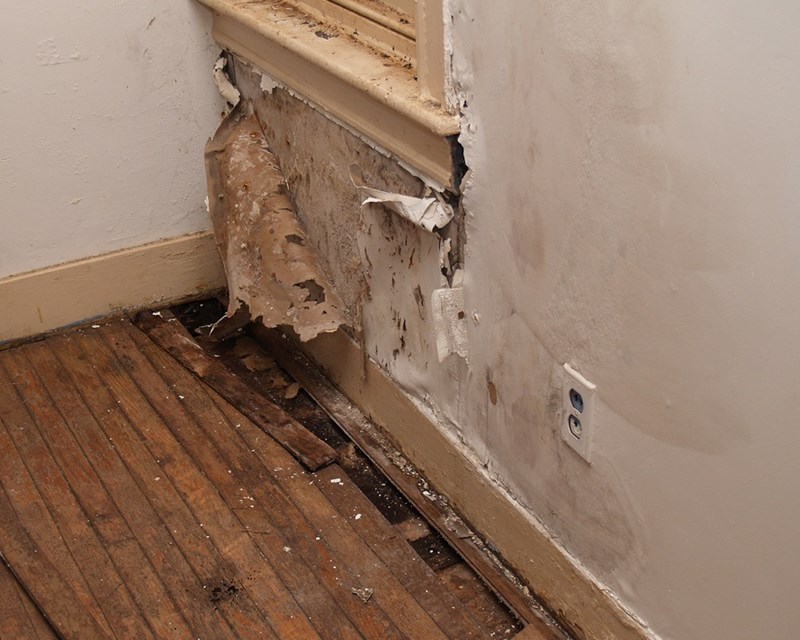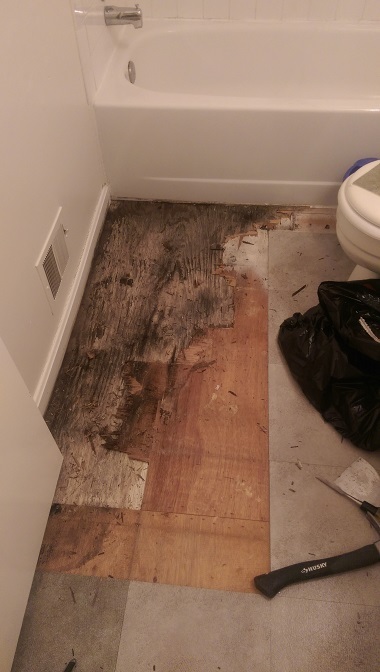Ways to Fix a Water-Damaged Wall in the Bathroom
Ways to Fix a Water-Damaged Wall in the Bathroom
Blog Article
Were you looking for details around How to Fix a Water Damage Bathroom?

The washroom is incredibly prone for wet accumulation as well as possible water damages due to the frequent use water in it. This write-up offers easy assessment strategies to aid spotting water damages threats.
The constant use of water in the restroom makes it incredibly prone for wet buildup and potential water damage. By checking it consistently, you can lower water relevant damages.
The following set of evaluations is simple to do as well as must be done as soon as in every 3 months in order to maintain your bathroom in good shape and to prevent potential water damages triggered by the tub, the shower, pipeline joints and also plumbing, sinks, cabinets, and the toilet
Do not neglect performing these inspections and be comprehensive while doing them. Bear in mind that these easy inspections can save you a lot of cash by giving very early signs for water damages
Tub as well as Shower
The shower as well as bathtub require special attention and also upkeep. Examine the ceramic tiles as well as replace if broken. Ensure that there is no missing out on cement in between the ceramic tiles. Examine and replace fractured caulking at joints where the wall surfaces meet the floor or the bathtub. Clogged drains and pipelines troubles will certainly protect against the bath tub from drying out as well as might suggest major issues below the bathtub. Consult with a specialist instantly to prevent structural damages. Take notice of stainings or soft locations around the tub walls as they may show an inner leakage.
Plumbing
Signs for water damage are hard to detect since the majority of pipelines are set up inside the walls.
Pay special focus to floor covering as well as walls moisture and also spots as they may indicate an unseen plumbing issue. Check dampness degrees in adjoining rooms too.
Sinks and Cabinets
Sinks and also cupboards are exposed to dampness and moisture everyday and also are typically overlooked. Evaluate frequently under the sink and also on the counter top over it. Repair any kind of drip in the trap as it might suggest drainpipe issues. Check out the sink, sluggish draining pipelines may show a blocked drainpipe. Replace sink seals if they are split or loose.
The Toilet
The commode is a susceptible water joint. Inspect the water lines as well as look for leaks around the bathroom seat, in the hose, as well as under the water tank. If you find any indications of dampness on the floor around the commode, check for leaks in the toilet edge and storage tank seals.
Be aware that hanging bathroom dish deodorants boosts the opportunities for clogs.
TIPS TO PREVENT WATER DAMAGE IN THE BATHROOM
The average household uses approximately 80-100 gallons of water per person per day. For a family of 4, that's almost 2,500 gallons of water a week! The largest portion of this consumption comes from bathroom use. Flushing the toilet uses the most water, followed by taking a shower or bath. With that much water running through the home, water damage in the bathroom is bound to happen. Knowing how to spot signs of a water leak is essential to preventing long-term damage. This guide provides you with tips to reduce the impact of water damage on your bathroom.
CAUSES OF BATHROOM WATER DAMAGE
Pipe breaks are the most common cause of water damage we see in our daily jobs. The age of a pipe plays a large role in a pipe break as well as corrosion. Over time, the metal begins to break down, allowing water to escape. Frozen pipe breaks are also a concern in the winter months. Toilet overflows caused by paper products or children flushing inappropriate items. Degraded caulking around the toilet or bathtub can allow water seepage, sometimes behind the fixture, into the subfloor or walls. Condensation forms when the water in a pipe is cooler than the air temperature. Beads of water form on the exterior of the pipes, sometimes so much so that the water begins to drip and pool below. Sink or shower backups created by poor drainage. HOW TO PREVENT WATER DAMAGE IN YOUR BATHROOM
Inspect your toilet supply line for worn or frayed hoses and replace them as needed. Winterize your plumbing to prevent a frozen pipe break. Use vent fans to prevent condensation that can lead to mold growth. Routinely check and replace degraded caulking around your toilet or bathtub. Increase the temperature in your toilet tank and insulate your pipes during the warm summer months to keep condensation from forming. Use child safety locks on the toilets. Flush only toilet paper. "Flushable" wet wipes are actually not good for your plumbing system. Additionally, feminine hygiene products should not be flushed. Prevent water from escaping the tub or shower. Make sure shower curtains are in good condition. Inspect shower doors and replace the seal strip if necessary. Wipe up any water that accumulates on the floor and use bath mats. Water left to sit can cause damage to the tiles and flooring. Refrain from using bath products containing heavy oils to avoid a clogged drain.

Do you appreciate more info about Looking for Signs of Water Damage in the Bathroom? Leave a short review directly below. We will be pleased to hear your feelings about this write-up. Hoping that you visit us again in the future. Sharing is nice. One never knows, you may just be doing someone a favor. We recognize the value of reading our article about Common Causes of Water Damage in a Bathroom.
Visit Report this page